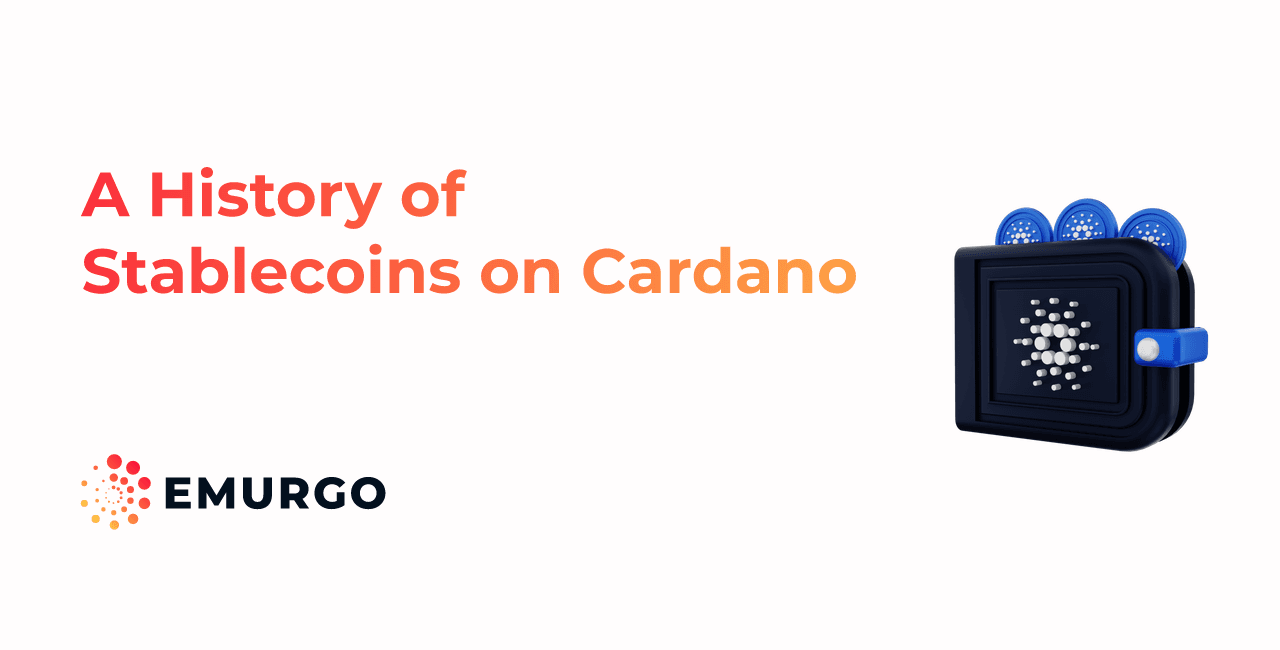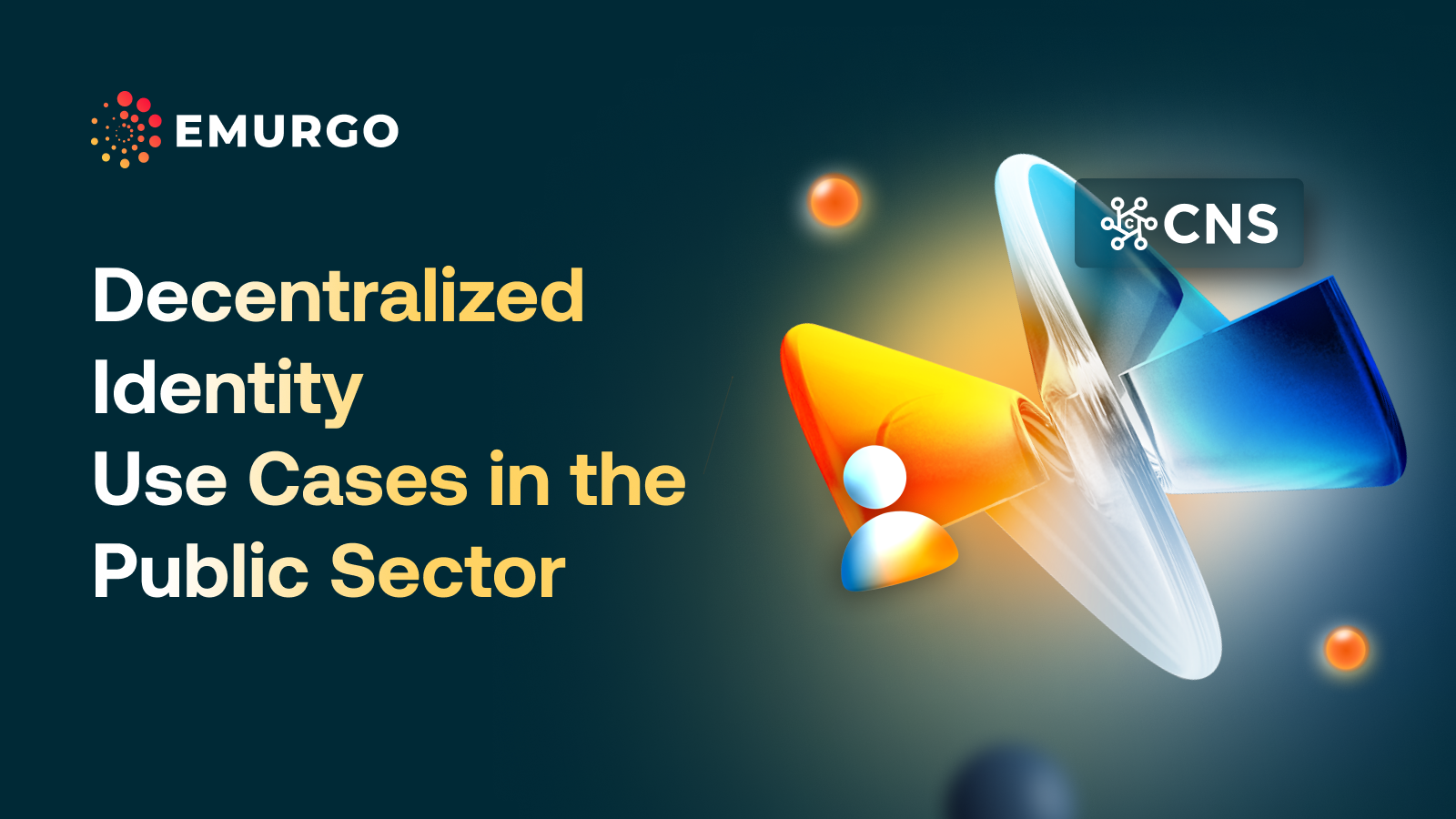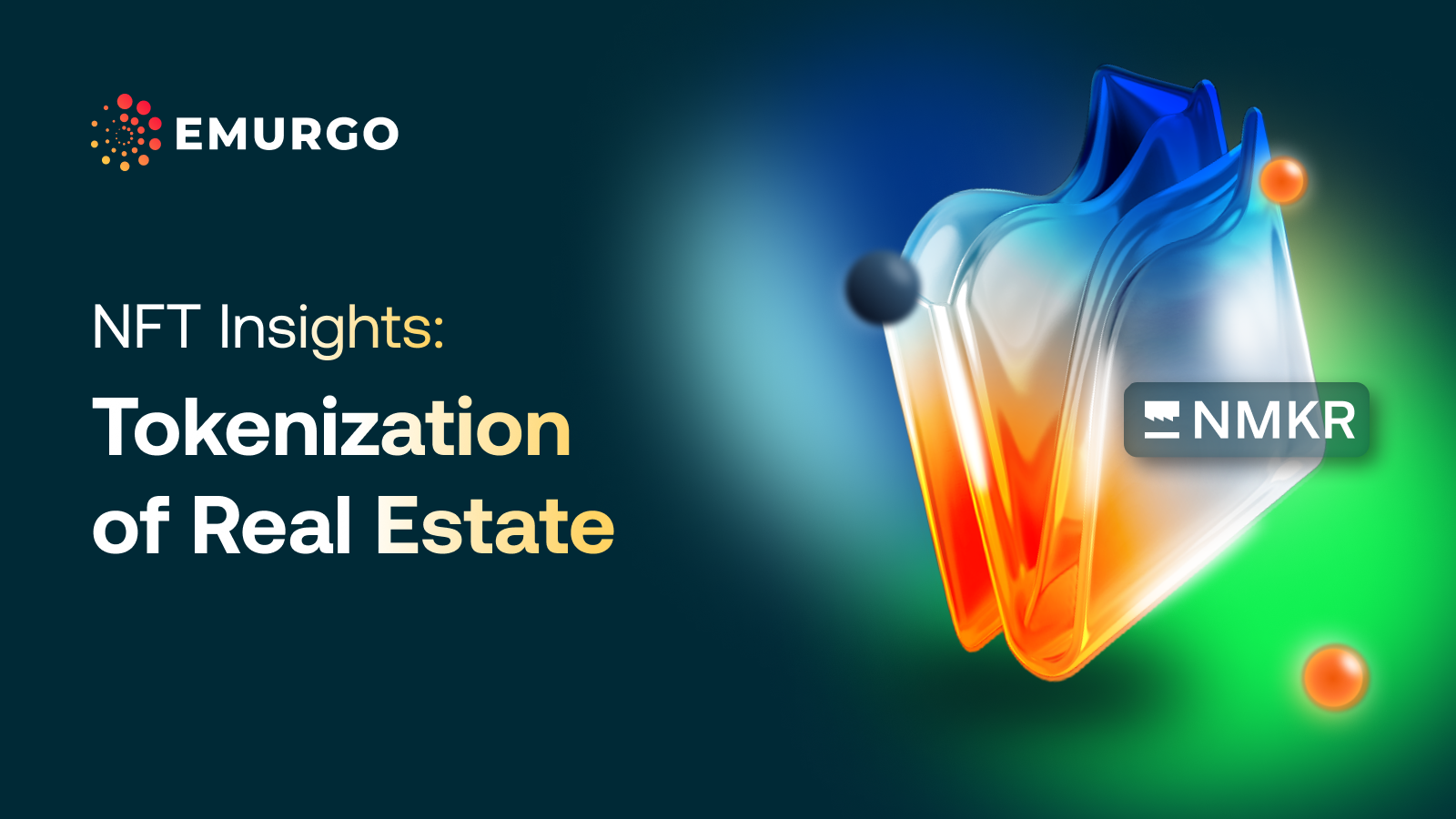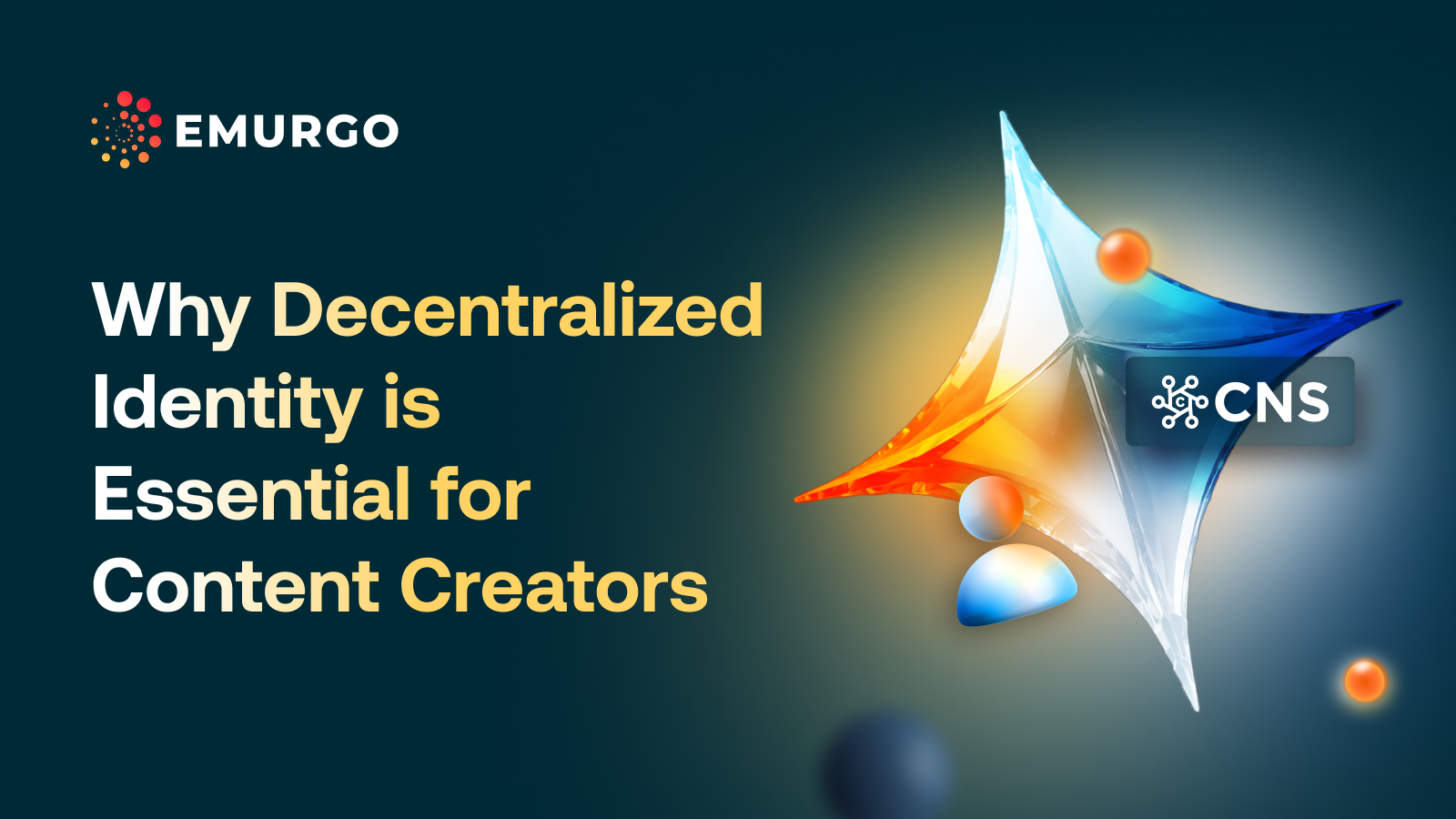Keep in mind that these topics only provide educational information and are in no way financial advice.
*Updated November 24. Ardana has stopped working on the project.
Stablecoin Background
Stablecoins, a type of cryptocurrency pegged to the value of a fiat currency like the US dollar, is an integral part of any blockchain ecosystem.
They are one of the main building blocks allowing new and existing cryptocurrency users to engage in cross-border remittances, digital payments, cryptocurrency trading, NFT transactions, and a lot more.
As of today, there are no live stablecoins on the Cardano blockchain network, but native Cardano stablecoins are under development.
Despite this, there is a robust history of research on Cardano stablecoins that has led to innovative designs to launch the next generation of stable cryptocurrencies on Cardano, especially with smart contracts and Cardano native assets functionality already having been integrated into the Cardano blockchain.
Combined with the 3.9 million+ active ADA wallet addresses around the world and one of the largest blockchain networks in the industry by market capitalization, Cardano is primed for native stablecoin types to take the next leap in onboarding users to gain accessible financial services.
In this blog, we will look at the short history and current status of stablecoin development on Cardano.
Djed by COTI (algorithmic stablecoin)
An algorithmic stablecoin aims to provide price stability and balance its circulating supply by being pegged to a reserve or backing asset non-tangible to the real world.
An algorithm is in charge of issuing more stablecoins when its backed asset increases above 1 US dollar and buying them off the market when the price falls below 1 US dollar. The inner workings of this system are coded in a smart contract.
The Djed stablecoin is minted by users sending Cardano’s native cryptocurrency ADA to a smart contract, then the contract will send an equivalent amount of Djed back to the user. As the price of Djed hovers around $1, the smart contract behind Djed is in charge of balancing the supply in circulation to maintain the price stability of Djed around $1.
However, there have been problems in the past with algorithmic stablecoins backed by a single cryptocurrency.
To address these shortcomings, Djed has a reserve asset called the Shen token.
The role of the Shen token is to help ensure price stability by guaranteeing the collateralization rate and the price peg of the stablecoin.
On Cardano, the Djed stablecoin has been working on a testnet for a few months.
The COTI project also received funding from the cFund, IOG’s innovation fund.
dUSD by Ardana (collateral-backed stablecoin)
*Updated November 24. Ardana has stopped working on the project.
Ardana is another project launching a stablecoin on Cardano.
The team received funding from the cFund, IOG’s innovation fund.
Ardana is looking to create a stablecoin, the Ardana dollar (dUSD), backed by crypto tokens locked in the protocol used as collateral.
dUSD is minted by depositing collateral assets into vaults within Ardana’s protocol using unique smart contracts known as Collateralized Debt Positions (CDPs).
The collateral provided is used to create an equivalent amount of dUSD which then enters the market.
Other users then buy dUSD tokens on exchanges, or simply by receiving them as a means of payment.
The dUSD in circulation maintains its stable value by the collateral locked in the vaults.
If a vault falls short of the necessary collateral amount, it’s liquidated in an auction.
Liquidators bid against each other to repay the undercollateralized vault’s stablecoin debt in exchange for receiving the vault’s collateral at a discount.
A liquidated vault will then be charged a liquidation penalty, which will be taken from the vault’s underlying collateral.
AgeUSD and SigmaUSD
AgeUSD was a crypto-backed algorithmic stablecoin discussed by the Ergo Foundation, EMURGO, and IOG for the Ergo Blockchain.
AgeUSD was designed to not use CDPs, as in some of the examples mentioned above. The AgeUSD model has been applied to the Ergo blockchain by the project SigmaUSD.
In SigmaUSD, Reserve Providers submit ERGs (the native cryptocurrency of Ergo) to the protocol’s reserves, by doing so, they mint ReserveCoins (called SigmaRSV). Each SigmaRSV represents a portion of the underlying ERG reserves held in the dApp’s treasury.
The SigmaUSD users also submit ERGs as reserves, but when they do so, they mint SigmaUSD instead. This is only allowed by the protocol if there are sufficient reserves within the treasury, meaning each SigmaUSD in circulation has more collateral to support its stable value.
At any point in time, a SigmaUSD token can be redeemed in exchange for ERGs from the reserves equal to the current exchange rate as determined by the ERG-USD Oracle Pool. This burns SigmaUSD tokens out of circulation in direct proportion to the ERG coins removed from the reserves.
Think we missed any stablecoins building on Cardano? Reach out to us.
If you know of other projects building stablecoins on Cardano, then please reach out to us at marketing@emurgo.io
You can follow EMURGO’s official channels listed below for up-to-date information and announcements about EMURGO and Cardano.
About EMURGO
- Official Homepage: emurgo.io
- Twitter (Global): @EMURGO_io
- YouTube: EMURGO channel
- Discord: EMURGO Community
- Facebook: @EMURGO.io
- Instagram: @EMURGO_io
- LinkedIn: @EMURGO_io
Disclaimer
EMURGO Group Pte. Ltd. (“EMURGO”) and its affiliates are not a registered investment advisor and/or broker. All Content on our Site and related channels is for informational purposes only and is not to be understood as giving legal, tax, investment, financial, or other advice. Nothing contained on our Site and related channels constitutes a solicitation, recommendation, endorsement, or offer by or any third party service provider to buy or sell any financial instruments or make investments in this or in in any other jurisdiction.



